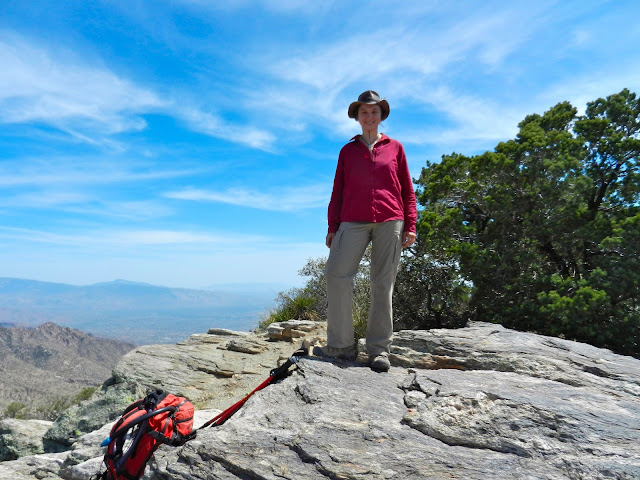Things change in 5 years, to state the blatantly obvious. This one is about small things that are not necessarily very important, but that I notice anyway, simply because I've been away for long enough that I see them as a step function rather than a gradual process. So, here's a small collection of little things that changed:
1. There's this orange stuff called Aperol that everyone seems to be drinking now. I have no idea where it came from and who decided it was THE summer thing on every drink menu, but here it is. I guess eventually I'll have to try it.
2. Everyone and their grandmother seems to be wearing Jack Wolfskin. It seems to be a little like Eddie Bauer in the US: an outdoor outfitter with a large clientele of people who may want to look a little more outdoors-y than they actually are. It has become a real high street store, so much so that I found myself explaining my old Jack Wolfskin washbag to my husband ("That brand is so popular I'll never wear it"): "when I got that thing 15 years ago, the company was a normal outfitter like all the others..."
3. It is now relatively easy to get your hands on ripe avocados. In 2007, guacamole meant planning ahead for a week; last week, I ended up with moldy avocados instead of guacamole.
4. Commissions for real estate agents (all but a tiny fraction of rentals are in their hands) have decreased from 3 months rent to 2 months rent, continuing a very pleasing trend in legislation which is saving Vienna from becoming a landlord's free-for-all like London or San Francisco.
5. Vienna is a lot more bike-friendly than I remember it.
6.
Noodlekebap and Bubble Tea
7. Demmer's Teehaus seems to have a good business model going with the Viennese cafes and restaurants, making ordering tea anywhere a whole lot less risky than it used to be. (You never knew when you'd pay 2.50 Euros for a 0.25 liter cup filled with 0.2 liters of lukewarm water, a sad, low-grade tea bag and a limp, half dried-up lemon wedge on the side.)
But here is one that I think is most remarkable: 8. Somehow, it seems that "Hallo" has turned into a generic greeting for anyone in almost any situation. Why is this remarkable? Well, because that is a true change in language use over the years I was away. In my books, "Hallo" was an informal greeting, for people you are on first-name terms with. For those English speakers who don't know it: formal vs. informal language in German is something that runs like a thread through the grammatical structure of, oh, about every third or so sentence in a conversation, and it certainly reflects in the way you greet someone. Or so I thought. The first couple times after my return someone greeted me with a "Hallo", I felt either flattered ("I must be looking young...") or slightly weirded out ("Am I supposed to know this person?"). Until someone said "Hallo" and then continued talking to me in the formal language, leaving me completely confused. Then I started noticing it between other people, and it slowly dawned on me that "Hallo" no longer implied familiar terms.
I am wondering why that happened. Here are my hypotheses: a) People don't want to commit to either formal or informal at first glance in a conversation and are trying to "ease in". This would make sense, generally speaking, since the use of informal language seems to be spreading (Co-workers? Playing orchestra together? Looking reasonably young and buying hiking boots? Ditch the "Sie".) and the use of formal language seems on the retreat. b) People do not like "Grüß Gott" anymore (too pious?), are resisting "Guten Tag" (too German?), and "Hallo" is the somewhat clumsy compromise. c) It's a generic greeting in Germany (is it? I don't know...) and since Germans are the biggest group of immigrants in Austria, this is gaining a foothold. But whatever the reason, I am quite intrigued that within 5 years, there has been an actual change in language use.
















